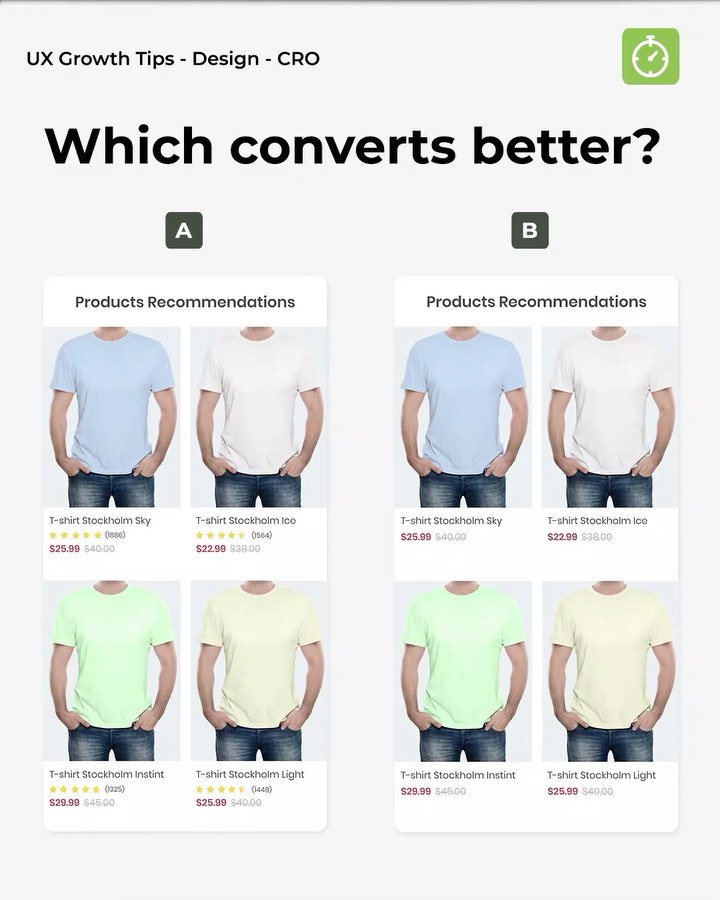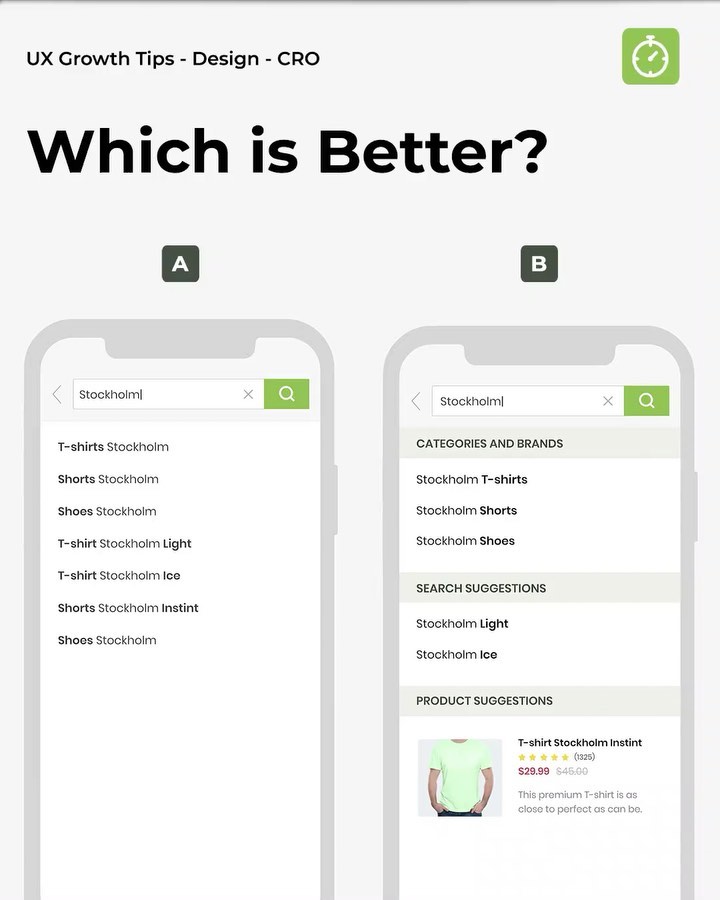Enhancing User Engagement Through Search Experience & Recommendations
The search experience and product recommendations play a vital role in enhancing user engagement and satisfaction. Understanding user behavior and implementing machine learning algorithms are key for optimizing product suggestions. Customizing search options and providing personalized recommendations can improve customer loyalty and sales. Designing a user-friendly interface with clear design elements is essential for a seamless experience, especially on mobile devices. Best practices for search results, such as addressing zero results scenarios and enhancing product discoverability, are crucial for driving conversions and continuous improvement.
Understanding User Behavior and Search Patterns
When it comes to optimizing the search experience and product recommendations, understanding user behavior and search patterns is key. By analyzing how users interact with search queries and implementing machine learning algorithms, businesses can enhance the overall user experience and drive engagement.
Analyzing User Search Behavior
- Study how users input search queries
- Identify common search patterns
- Analyze click-through rates for different search results
Patterns in Search Queries
- Recognize recurring keywords or phrases
- Understand the intent behind specific search queries
- Identify popular search trends over time
Implementing Machine Learning Algorithms
- Utilize machine learning to enhance search relevancy
- Implement algorithms for personalized search recommendations
- Continuously refine algorithms based on user feedback and behavior
Enhancing the Search Experience
Enhancing the search experience is key to driving user satisfaction and improving conversion rates. By providing diverse search options and personalized features, businesses can create a seamless browsing journey for their customers.
Providing Different Search Options
- Filters and Sorting Options: Offer users the ability to filter search results based on various criteria such as price, brand, or category, allowing for targeted and efficient product discovery.
- Predictive Search Features: Implement predictive search functionality to anticipate user queries and provide real-time suggestions, enhancing search efficiency and user experience.
Customizing Search for Users
- Saved Searches and User Preferences: Enable users to save their search preferences and access them later, streamlining the search process and facilitating personalized browsing experiences.
- Personalized Recommendations: Leverage user data to offer personalized product recommendations based on past search history and preferences, increasing engagement and driving conversions.
Optimizing Product Recommendations
Leveraging Machine Learning for Recommendations
Enhancing product recommendations through machine learning algorithms is a key strategy for maximizing user engagement and driving sales. By leveraging advanced algorithms, companies can tailor their recommendations to individual preferences and behaviors, ultimately improving the overall shopping experience.
Enhancing Algorithms
By continuously refining and optimizing recommendation algorithms, businesses can ensure that users are presented with relevant and appealing suggestions, increasing the likelihood of conversion. This ongoing refinement process allows for the adaptation to changing trends and user preferences over time.
Targeted Recommendations
Targeted recommendations involve analyzing user data to understand their preferences and past behaviors, allowing for the delivery of personalized suggestions. By segmenting users based on their characteristics and purchase history, businesses can offer targeted recommendations that resonate with each individual, resulting in a more tailored shopping experience.
Improving User Engagement with Product Suggestions
Enhancing user engagement through strategic product suggestions can have a significant impact on sales performance and customer loyalty. By providing users with relevant and enticing product recommendations, businesses can drive interest, encourage exploration, and ultimately increase conversions.
Impact on Sales and Customer Loyalty
The ability to provide users with relevant and personalized product suggestions not only increases the likelihood of a purchase but also fosters a sense of trust and loyalty towards the brand. By continuously optimizing recommendations based on user behavior, businesses can strengthen customer relationships and drive long-term loyalty.
Tailoring Recommendations for Individual Users
Personalization is key to tailoring recommendations for individual users, taking into account their unique preferences, browsing history, and purchase patterns. By offering personalized recommendations that align with each user's specific interests, businesses can enhance the shopping experience, leading to greater satisfaction and repeat business.
Designing a Seamless User Interface
Importance of Clear and Intuitive Design
Creating a user-friendly interface is essential for optimal user experience. Clear design elements and intuitive layout contribute to easy navigation and efficient information retrieval.
User-Friendly Interface Elements
- Simple and intuitive navigation menus
- Consistent design elements for seamless interaction
- Readable fonts and appropriate color schemes
Incorporating Filters and Sorting Options
- Provide users with filter options to refine search results
- Enable sorting features for easy organization of product listings
- Allow users to customize their search preferences
Enhancing User Experience on Mobile
In today's mobile-centric world, optimizing the user experience on mobile devices is crucial. Implementing responsive design principles ensures that your website adapts seamlessly to various screen sizes.
Responsive Design Principles
- Utilize flexible grid layouts for responsive web design
- Optimize images and media for faster loading times on mobile
- Implement touch-friendly navigation elements for enhanced usability
Mobile-Friendly Features
- Integrate mobile-specific functionalities for improved user interaction
- Optimize website speed for better mobile performance
- Enhance user engagement through mobile-specific content and features
Implementing Best Practices for Search Results
Strategies for Effective Search Results
When it comes to ensuring effective search results, balancing relevance with variety is key. By presenting users with a mix of popular and niche products, you can cater to different preferences and needs.
Balancing Relevance and Variety
- Offer a mix of popular and niche products
- Ensure relevance by considering user behavior
- Regularly update search algorithms
Addressing Zero Results Scenario
In cases where search queries yield zero results, providing helpful suggestions or related categories can keep users engaged and guide them towards relevant products.
Enhancing Product Discoverability
Maximizing product discoverability involves implementing cross-selling and upselling strategies, as well as promoting related products to encourage users to explore additional options.
Cross-Selling and Upselling Strategies
- Recommend complementary products
- Suggest upgrades or premium alternatives
- Create bundling offers
Promoting Related Products
- Show items frequently bought together
- Highlight similar products based on user preferences
- Offer personalized recommendations
Driving Conversions Through Search Optimization
Streamlining the Checkout Process
Creating a seamless checkout process is essential for boosting conversion rates. By simplifying navigation and selection, users are more likely to complete their purchases efficiently.
Encouraging Purchase Completion
Encouraging customers to complete their purchases is crucial for driving conversions. Providing clear calls to action and streamlining the payment process can help reduce cart abandonment rates.
Leveraging User Insights for Conversion Rate Optimization
Utilizing user insights can provide valuable data for optimizing conversion rates. By tracking user behavior throughout the purchase journey, businesses can identify potential areas for improvement.
A/B Testing and Continuous Improvement
Implementing A/B testing allows businesses to experiment with different strategies and determine the most effective approach for boosting conversion rates. Continuous improvement based on these insights can lead to ongoing enhancements in the conversion process.
Measuring Success and Continuous Improvement
Tracking Key Performance Indicators
Tracking key performance indicators (KPIs) is essential to measure the effectiveness of search experience and product recommendations. By analyzing metrics such as conversion rates, click-through rates, and bounce rates, businesses can gain insights into user behavior and performance.
Iterative Approach to Search Experience Enhancement
Continuous improvement is key to optimizing search experience. By adopting an iterative approach, companies can implement feedback mechanisms and conduct iterative design and testing to enhance user engagement and conversion rates.
Feedback Mechanisms
- Implementing feedback mechanisms such as customer surveys and user feedback forms.
- Regularly reviewing and analyzing feedback to identify areas for improvement.
- Adjusting search algorithms and product recommendations based on user inputs.
Iterative Design and Testing
- Conducting A/B testing to compare different versions of search features and recommendation algorithms.
- Iterating on design elements based on user feedback and performance data.
- Collaborating with UX designers and data analysts to continuously improve search experience.



